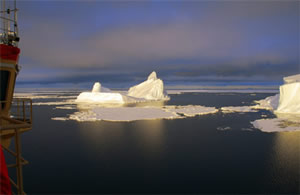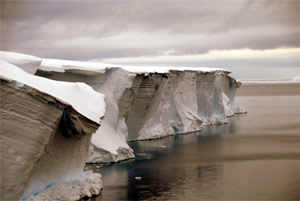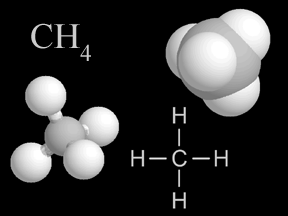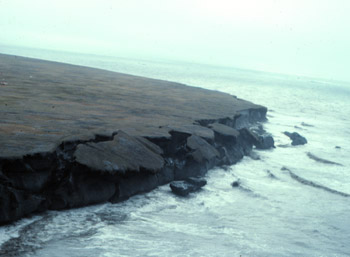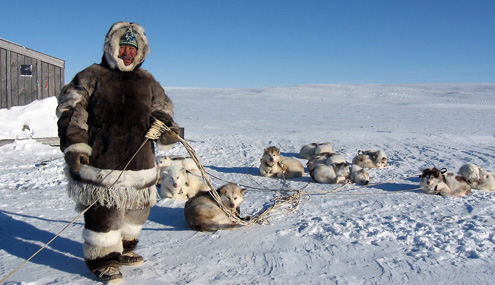Click on image for full size
Ute Kaden/PolarTREC
The Cryosphere and Global Climate Change
Did you know that even if you have never seen an iceberg or glacier, the snow and ice of the Earth’s cryosphere has a big impact on the climate where you live? Changes in the amounts of snow and ice on Earth have a big impact on the climate of our planet. This is because the cryosphere is a very important part of the Earth system. Scientists are currently studying just how much the frozen places on Earth affect global warming.
Below are some of the ways that the cryosphere has been affected by, and is affecting, global warming.
Melting Ice Causes More Warming
Almost all of the Sun’s rays that hit snow and ice are reflected back out to space. As more snow and ice melt because of global warming, the ocean and land that were underneath the ice are exposed at the Earth’s surface. The ocean and land absorb more of the Sun’s rays because they are dark in color. They release the heat to the atmosphere. This causes more global warming.
Melting Permafrost Releases Greenhouse Gas
Global warming is causing frozen soils in the polar regions to thaw. As they thaw, carbon trapped in the soils is released into the atmosphere as methane, a powerful greenhouse gas. The methane released to the atmosphere causes more global warming, which then melts more frozen soils.
Less Ice on Land Means Sea Level Rises
Sea level has been rising about 1-2 millimeters each year as the Earth has become warmer. Some of the rise is because melting glaciers and ice sheets are adding water to the oceans that was once trapped on land. Today, certain glaciers and ice sheets are more unstable than others. They are moving faster towards the ocean than they used to be, and are adding more ice into the water. These areas with less stable ice include the Greenland Ice Sheet and the West Antarctic Ice Sheet.


